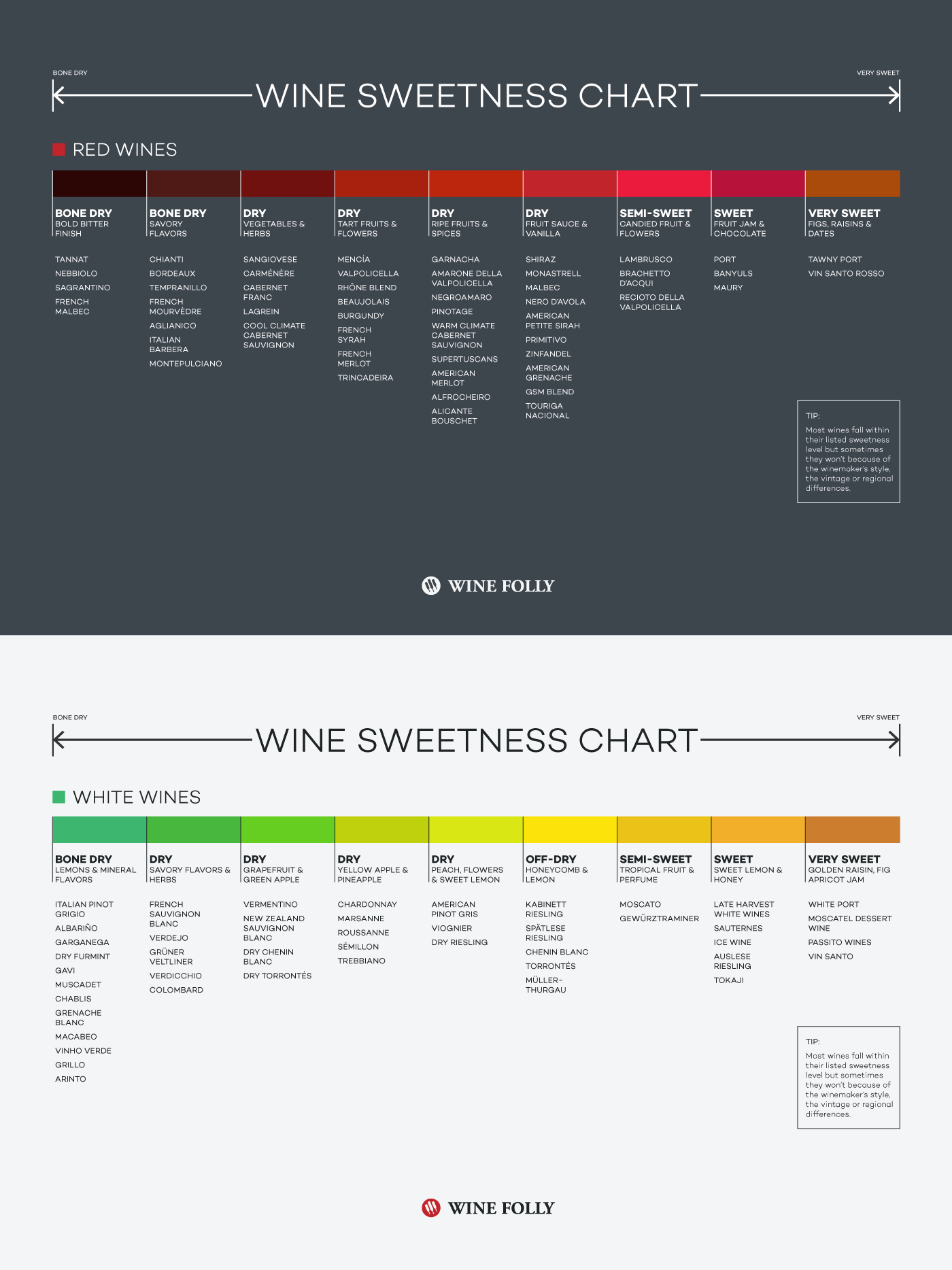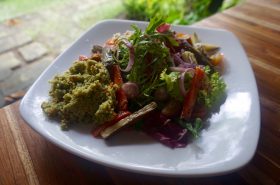I Like Wine
For those of you who know me, you know that I love my wine – especially red wine. Despite this, I really don’t know that much about red wines and all of it’s varieties that the vineyards around the world have to offer. I’ve always purchased or requested Cabernet Sauvignon mainly because that’s what my parents preferred and served. Realizing that I had no other real reason for having this preference, I decided to research a few more of the well known wines that I could compare to my usual favorite. In addition to this, I decided to do a blind wine tasting of each of the four wines I chose to explore: Cabernet Sauvignon, Merlot, Pinot Noir, and Shiraz.
Luckily my husband enjoys his wine too, so it didn’t take any convincing for him to participate in my little tasting event. So, on a Thursday I surprised him with four different wines covered with socks and some small nibbles to go with the wine. We turned on some wine tasting music (literally, we searched ‘Wine tasting music’ on youtube) and let the tasting begin!

With every mystery wine, we had to comment on the wine’s smell and taste, and guess which wine we thought it was: The Pinot Noir, Shiraz, Merlot, or Cabernet Sauvignon. Our guesses were based on the following information that I put together about each of the four wines that you can read below:
Pinot Noir
Burgundy
Rarely blended, difficult to grow, smooth delicate taste, easy to drink, fresh, soft tannins,
Lighter, translucent, and low delivery of color
Tea-leaf, damp earth, beet root, cola, warm leather, strawberry, cherry, and plum
Thin skin
Red fruit like strawberries and cranberries
Seafood (grilled salmon), white meats (chicken), lamb, and Japanese food (sushi rolls)
Burgundy, Austria, California, Oregon, New Zealand
Shiraz (Syrah)
France’s Rhone Valley
Excellent longevity, intense rich flavors, with hints of pepper and spice
Intense, rich color
Black berry, black pepper, and clove. If the wine sits in an oak barrel, the wine can carry a toffee note
Thick skin similar to Cabernet Sauvignon
Wild black fruit such as blackcurrant, boysenberry, and plum
Meat (steak, beef, wild game, or stews)
California, Australia, and France’s Rhone Valley
Merlot
Bordeaux
Merlot is known for being a introductory wine, because of its soft taste, low tannic level, and easy to pronounce name
Herbal (less earthy), woodsy character (cedar or roasted bell peppers), and dark fruit like black berries and plums
Watermelon, strawberry, cherry, or plum
Goes well with anything
Bordeaux, Italy, Romania, California, Washington State, Chile, Australia, and
Cabernet Sauvignon
Bordeaux
Full-bodied wine, ages well, and often blended with other wines, has a gripping taste without aging
Intense, rich color or even a deep almost purple red
Dark fruit like black berries, bell pepper, herb, green olive, liquorice, chocolate, or coffee, and sometimes vanilla (if an oak barrel is used).
Smaller berries, but thicker skin than Merlot
Dark fruits like black berries, plums, or black cherry
Simply cooked red meat
France, California, Australia, Chile
This chart is a helpful way to see where our wines are on a scale when we consider how dry they are. As you can see, Cabernet Sauvignon is considered a dryer wine followed by it’s softer sister, Merlot, then Shiraz and lastly our lightest wine, Pinot Noir. This isn’t always an accurate scale as a Pinot Noir can sometimes have a dryer taste than a Shiraz, and a Shiraz’s pepperiness can often trick you into thinking it is dryer than a merlot. Also, a wine’s boldest can vary depending on whether it was produced in a warm or cool climate. It’s all very confusing and we felt like we knew less after comparing several scales only to see that none of them agreed with one another.
Tannins
You have also seen me mention ‘tannins’, but what are those exactly? Wine tannins are naturally occurring compounds, known as polyphenols, that exist inside grapes seeds, skins, and stems. They give wines their dryness and astringency. The drier the wine, the more ‘tannic’ it is. Red wines have more tannins than white wines because the skins, seeds, and stems of the grapes are soaked longer in the juice. In addition, the longer the skins soak, the deeper the color of the wine. Cabernet Sauvignon is a wine with strong tannins which explains why it has a drying affect on your mouth, but carries a complexity of flavors. A benefit of tannins is that they are a natural antioxidant, but a downside to tannins is that they can be a cause for headaches in some people. So, there you have it! If a wine is said to have a high level of tannins, it’s a fancy way of calling the wine dry. Try asking for a ‘high tannin wine’ the next time someone offers you a drink and let your inner snob shine!
The Tasting
After we tried each of the wines, Jonny and I took some notes on both their smell and taste. We didn’t really care about the color especially because each wine ended up just being described as ‘red’, so accurate…
We started with the ‘Red and Blue’ sock wine: It tasted like an everyday wine you would drink on a budget. It was dry with a cherry fruit resemblance. Jonny really didn’t like it and compared it to cough syrup and complained that it was too sweet. I gave it a 6/10 and Jonny a 5/10.
The ‘White’ sock wine tasted smooth, sweet, and was easy to drink. It was definitely a lighter wine and something new wine drinkers would enjoy. I prefer a dryer wine so I gave it a 5/10 and Jonny a 7/10.
The ‘Dark Blue’ sock wine tasted a little sour and pungent, but was nice and full bodied. I gave that wine a 6/10 and Jonny gave it a 7/10.
Finally, the ‘Striped Blue’ sock wine was also very full-bodied, tasted like blackberries, and both of us gave it an 8/10. This was our favourite out of the 4 wines.
The Results
Afterwards, we had to try and make an educated guess as to which wine was which.
Jonny guessed that the first wine (‘Blue and Red’ sock) was a Shiraz and was correct. It was higher on the sweetness scale, yet had a pepperiness to it.
I guessed the Pinot Noir correctly, which was the ‘White’ sock wine. This was the easiest wine to pick out as it was noticeably lighter and smoother than the other three.
We both guessed the Merlot which was the ‘Dark Blue’ sock wine.
The final ‘Striped Blue’ sock wine had to be the Cabernet. It’s interesting that we drink Cabernet Sauvignon on a regular basis and that we both rated the Cabernet as the highest even during a blind tasting. I guess that really is our favourite!
Final Thoughts
The blind tasting was fun and a great date night idea for couples who really love their wine. We probably spent more time drinking the wine than writing comments on its level of tannins or the fruits we could smell. Now that I’ve written so much on this post, I kind of forgot why I wanted to do it in the first place. Was it to learn more about wine, to share our wine tasting experience, or just to document and save a small but special memory for myself. Nevertheless, I realize that this blog post pushed me to learn and research about something I genuinely like and take seriously, and I think that’s the main reason why I wanted to do it. Or maybe it was just so Jonny wouldn’t be mad that his wife went out and bought 4 bottles of wine and wanted to open and drink them all.
Wine is a beautiful thing. It is possibly the only alcoholic drink that one would never drink too quickly. It is appreciated for so many things and I admire how people ‘thoughtfully’ drink it. Call those people snobs all you want, but they understand the care and dedication that is put into a wine from the grape to the bottle. I’ve learned to be more mindful and thoughtful about everyday things, and drinking a class of red wine is one of those things that I am thankful and blessed that I can enjoy.
Cheers!
Below is an interesting video that I watched and found some of my information from.




